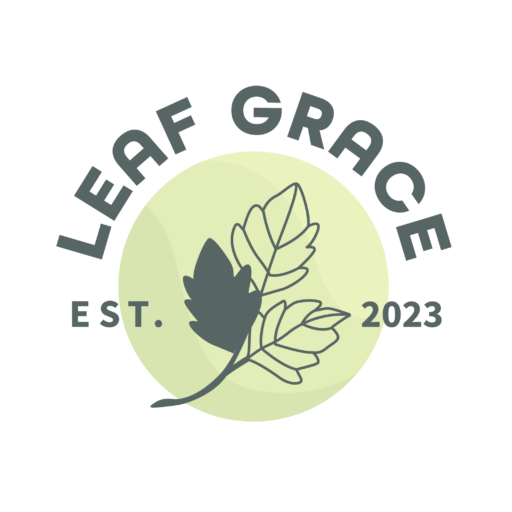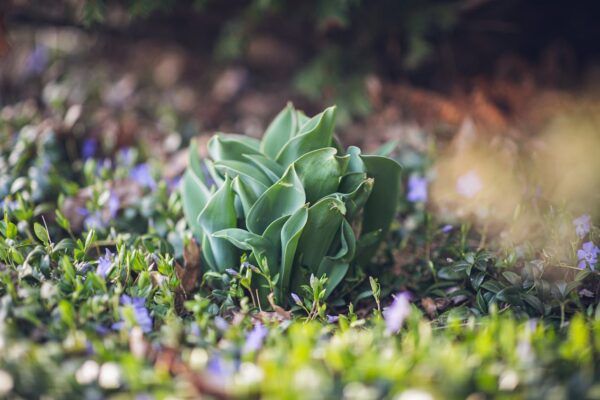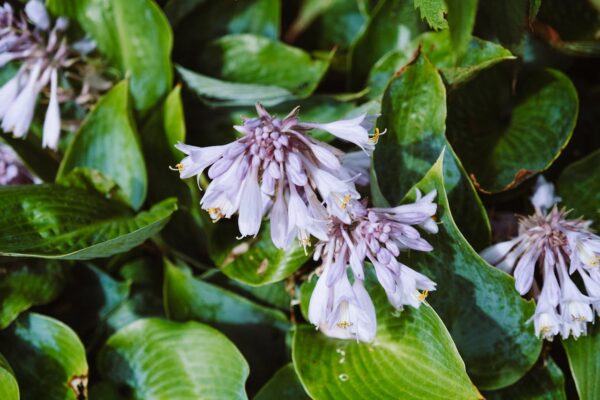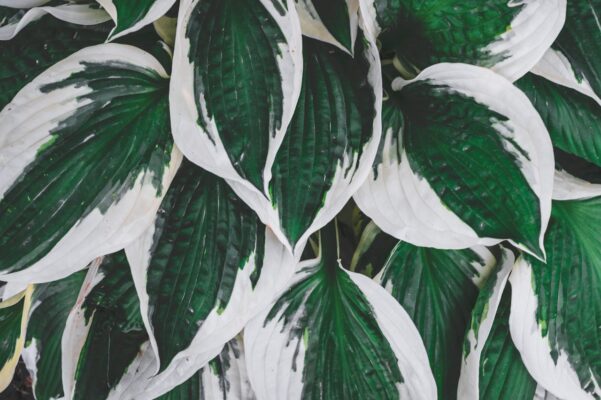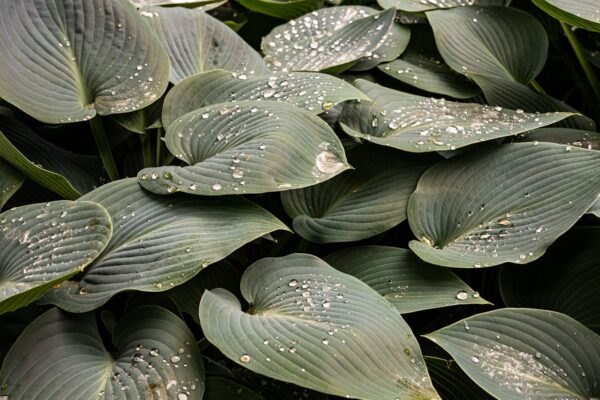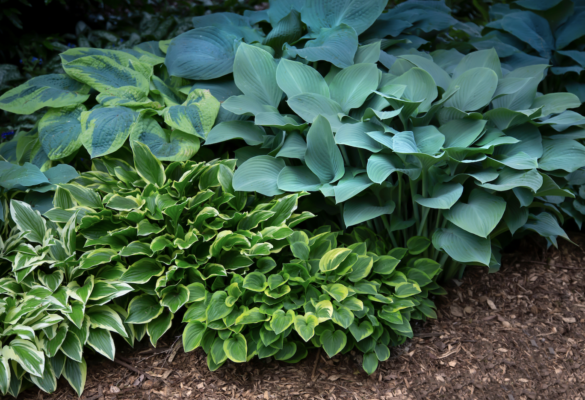For the passionate plant collector, few perennials offer the allure and diversity of rare Hostas. These shade-loving plants are prized for their striking foliage, which can vary dramatically in color, texture, and pattern. This guide will take you through the fascinating world of rare Hostas, highlighting their exceptional characteristics, cultivation requirements, and tips for integrating these garden treasures into your own landscape.
Unveiling the Enchanting World of Rare Hostas
Understanding the Allure of Rare Hostas: Distinctive Features and Collector Appeal
Rare Hostas captivate collectors with their unique and sometimes unconventional features. Varieties like ‘Blue Mouse Ears’, with its small, rounded leaves, or ‘Empress Wu’, famed as one of the largest Hostas, showcase the extraordinary range these plants can offer. Collectors are often drawn to such varieties for their ability to transform garden spaces into lush, textured landscapes.
Delving into the History of Hosta Collecting: A Legacy of Passion and Preservation
The collection of Hostas began in Japan and was later embraced in Europe and America, evolving from basic landscaping applications to a specialized pursuit of rare and unique varieties. Today, societies and groups dedicated to Hosta cultivation help preserve the heritage of these plants while encouraging the development of new cultivars.
Exploring the Diverse Landscape of Rare Hosta Varieties: A Journey Through Colors, Textures, and Forms
Rare Hostas are not just about green leaves; they feature a spectrum ranging from deep blues to vibrant yellows. Textures vary from glossy, smooth leaves to heavily puckered or rippled ones, offering endless visual and tactile appeal. The diversity in size and form, from ground-hugging varieties to those that spread wide or grow tall, allows for creative garden design.
Blue Hostas: Adding a Touch of Cool Elegance
- ‘Blue Mouse Ears’: This miniature Hosta features small, rounded leaves of a unique blue-green hue, perfect for container gardens or small spaces.
- ‘Halcyon’: With its thick, slug-resistant foliage, ‘Halcyon’ offers a robust option for gardeners looking to add a serene blue touch to their shade gardens.
Gold and Yellow Hostas: Illuminating the Landscape
- ‘Coast to Coast’: A robust, gold-leaved Hosta that lights up any garden with its bright foliage, which intensifies in sunlight.
- ‘Dancing Queen’: Truly living up to its name, this variety changes from chartreuse to a radiant yellow, with leaves that twist slightly, giving a sense of movement.
Variegated Hostas: A Tapestry of Colors and Textures
- ‘June’: Featuring a striking contrast between its blue-green edges and creamy center, ‘June’ thrives under varying light conditions, offering versatility and beauty.
- ‘Liberty’: Known for its dramatic wide, yellow margins and green centers, ‘Liberty’ is a showstopper that can grow quite large, making a bold statement.
Red-Stemmed Hostas: A Touch of Vibrant Contrast
- ‘Cherry Berry’: With its white and green leaves and cherry-red stems, this variety adds a pop of color and is perfect for those looking to introduce some vibrancy to their collection.
- ‘First Blush’: Starting green in spring, the leaves of ‘First Blush’ turn burgundy-red from the tips down as the season progresses.
White or Light-Colored Leaf Hostas: Brightening the Shade
- ‘White Feather’: This Hosta emerges with striking white leaves that gradually develop green streaks, offering a dynamic display as it matures.
- ‘Fire Island’: Known for its luminous yellow leaves and contrasting red stems, ‘Fire Island’ is a vibrant addition that thrives in morning sun.
Large Leaf Hostas: Making a Statement in the Garden
- ‘Empress Wu’: Towering over others, ‘Empress Wu’ can reach diameters of over 4 feet with deep green, heavily corrugated leaves.
- ‘Sum and Substance’: Famous for its size and heartiness, this Hosta features chartreuse leaves that can turn gold in sunlight, resistant to pests and diseases.
Small or Miniature Hostas: Tiny Treasures for Compact Spaces
- ‘Pandora’s Box’: Ideal for fairy gardens, this tiny Hosta has white leaves bordered by green, creating a delicate effect.
- ‘Dragon Tails’: Characterized by its elongated, wavy leaves, this miniature is perfect for edges and small pots.
Acquiring Rare Hostas: A Guide for Collectors
Identifying Reputable Sources: Specialist Nurseries, Online Retailers, and Plant Shows
Finding quality rare Hostas begins with choosing reputable sources. Specialist nurseries and specific plant shows often provide healthy, well-documented plants, ensuring you get genuine varieties. Online retailers can also be a good source, though it’s important to check reviews and confirm the authenticity of the plants offered.
Recognizing Quality and Authenticity: Assessing Plant Health and Cultivar Accuracy
When acquiring rare Hostas, examine the plant for signs of disease or pest issues. Authenticity in labeling is crucial, as mislabeled plants can disappoint.Ensure the varietal characteristics match those described in reputable Hosta registries or databases.
Investing in Your Collection: Understanding the Value and Rarity of Different Hostas
As with any collectible, the rarity and condition of a Hosta can significantly affect its value. Limited availability, unique characteristics, and overall health and maturity can make certain Hostas particularly valuable, not just monetarily but also as irreplaceable elements of a discerning collection.
Rare Hostas offer a unique opportunity to delve into a world of gardening where beauty and rarity intersect, providing endless enjoyment and satisfaction. Whether you are a seasoned collector or a newcomer to the world of Hostas, these stunning varieties can bring exceptional beauty and a sense of accomplishment to any gardening endeavor.

